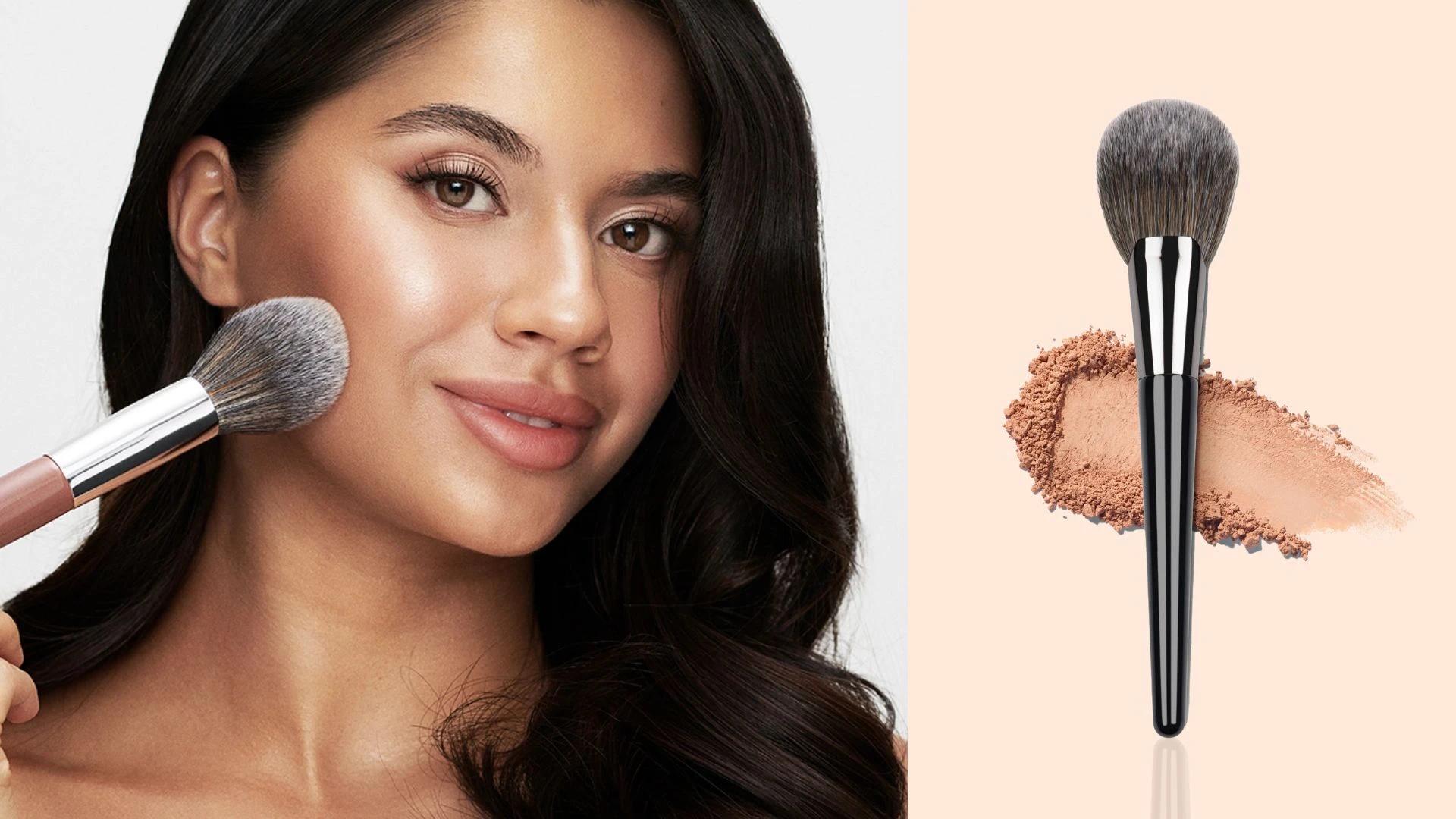Setting Powder vs Translucent Powder: Key Differences


 10 gm
10 gmPrimer Mattifying Setting Powder
Choosing the right powder can truly set your makeup game apart. Whether you're aiming for a flawless, matte finish or simply want your look to last all day, understanding your options is key. In this guide, we'll dive into the differences between setting powder and translucent powder so you can decide which one might just become your new fave. We’re here to share clear, friendly advice on achieving that perfect oil-control and shine-free powder look, making sure you feel confident every step of your beauty journey.
Setting powder is designed to lock your foundation and concealer in place, giving you a long-lasting makeup powder effect. It is a must-try if you’re after a consistent, fresh look that stays put. This powder is great for smoothing out any creases and controlling shine, leaving you with a flawless, polished finish.
There are two main types of setting powder that you can explore:
Using setting powder has a raft of benefits. It helps to:
Translucent powder is known for its sheer, colourless quality. It acts as a makeup finishing powder that refines your look without altering the colour of your foundation. Thanks to its lightweight texture, it’s a brilliant option if you want to keep your makeup soft and natural.
The main difference lies in coverage and purpose. While setting powder provides buildable coverage powder to secure your makeup, translucent powder is all about finishing. It offers a soft-focus finish and is perfect for subtly blurring imperfections.
This powder is celebrated for its versatility:
Let’s get into the nitty-gritty of what sets these two powders apart. While both are used to perfect your makeup, their roles differ:
For those aiming to secure their makeup for long hours while keeping the shine at bay, setting powder is your kind of pick. If you're leaning towards a natural finish that subtly blurs imperfections, translucent powder might just be worth a try.
Selecting the ideal powder depends on your skin’s needs. Here’s a quick guide for your decision-making:
A flawless application makes all the difference. Whether you're using a loose or pressed formula, here are some handy tips to help you out:
Setting powder is used to secure foundation and concealer in place, prevent creasing, and control shine for a long-lasting makeup powder effect.
Setting powder locks your makeup in, while finishing powder, often a translucent variant, helps smooth and refine the final look.
If you have extremely dry skin, you might prefer a translucent powder with hydrating formulas. This avoids emphasising any dry patches on your face.
In summary, both setting powder and translucent powder have their unique charms and benefits. Setting powder is brilliant for a secure, lasting finish with its ability to manage oil and secure your look, while translucent powder is great when you’re after a natural, soft-focus finish that gently touches up shine. By understanding these differences, you can experiment and select the right powder tailored to your skin type and makeup goals. Remember, sometimes mixing a bit of both can give you that personalised, flawless finish you’ve been dreaming of.